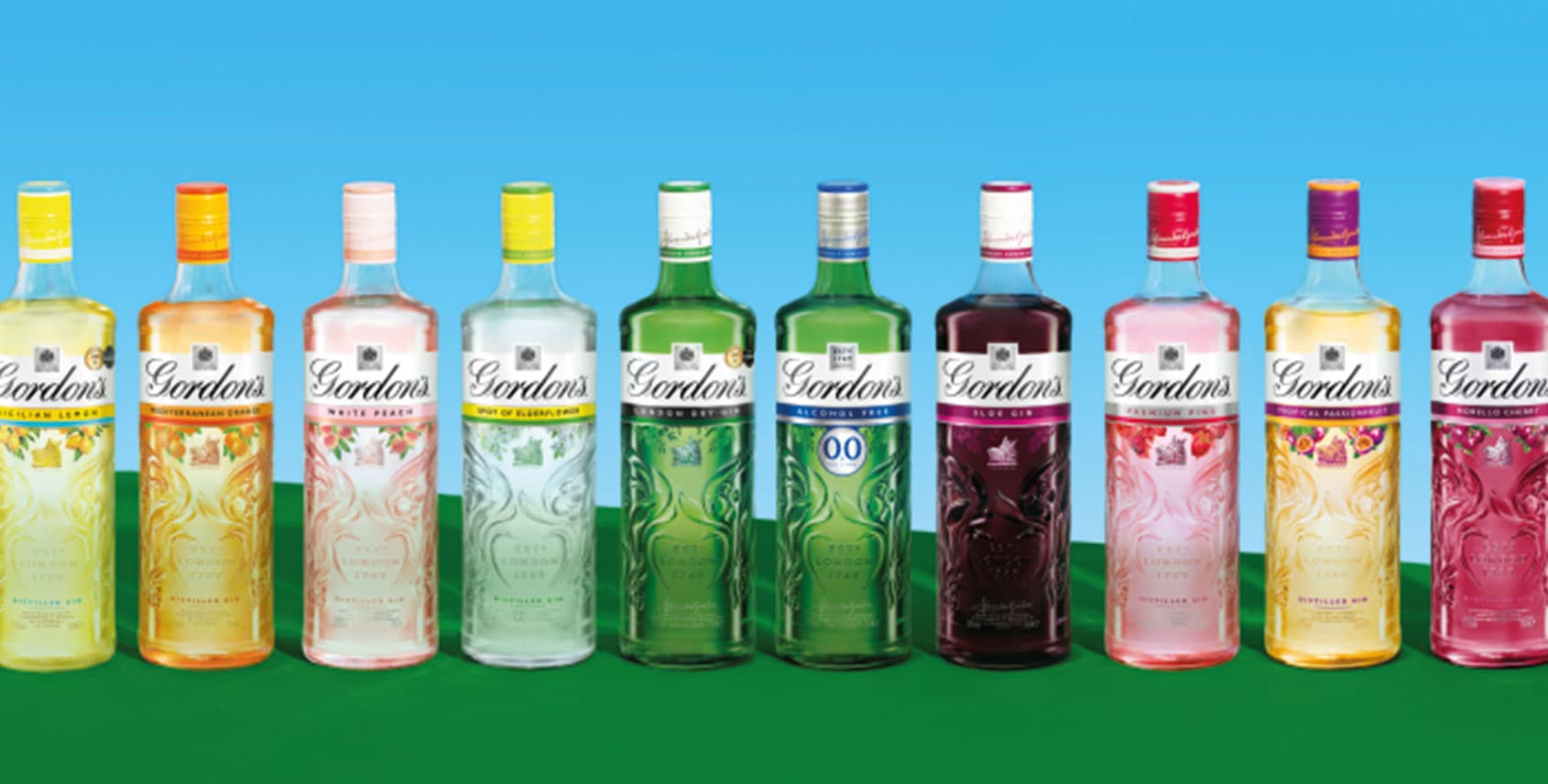Blogs & Inspiration
The History of Gordon’s Gin
Learn all about the pioneering Gordon's gin and how to use it effectively in your venue.
Estimated reading time: 5 minutes

The Story of a Classic
Gordon's is the overwhelming favourite when it comes to London Dry Gin. The spirit kicked-off the global gin revolution that's still going strong to this day and is a spirit all good bartenders should be familiar with.
It maintains one of the highest standards in the gin industry. Today, Gordon's rejects nine out of 10 botanicals, choosing only the perfect ingredients to flavour their liquid.
Known for its strong juniper taste, learn how best to describe Gordon's flavour profile and create the perfect G&T for your guests.
Explore the over 250-year history of this classic drink and the Scottish man behind the brand who refined gin for an evolving palate.
Leading the London Gin Craze
In the 18th Century, London was the world’s capital of gin production. This helped birth many good gin brands, but the market was also flooded with a significant number of poor-quality options.
Compelled to go against the grain, Alexander Gordon, a Londoner with Scottish heritage, established his own distillery in 1769 in London’s Southwark.
This area was chosen for its quality water supply, helping create a crisp and outstanding gin. Alexander continued to focus on excellence, as he insisted that his ‘Old Tom’ still would use only the finest botanicals. These components and passion for quality helped create one of the finest gins of the time.
Gordon’s became the unofficial drink of the British Navy, who took it upon themselves to distribute and introduce the spirit as they travelled around the globe.
Gordon’s quickly became recognised as a premium brand, receiving four Royal Warrants for its quality.
Production today still follows the principles laid out by Alexander Gordon and even after 250 years, the Old Tom still continues to be used in production at the Gordon’s distillery in Scotland.
The secrets of Gordon’s gin are well guarded with only 11 people knowing the full recipe.
A True Innovator
The moment Gordon’s opened its first distillery, it was innovating. By focusing on quality gin, Gordon’s became an outlier in the gin industry at the time and customers gravitated towards it.
This innovative spirit continues throughout the gin’s history. In 1906, it introduced the world to the category of Sloe Gin and also played a hand in the popularity of Ready to Drink serves in the 1920s.
The Gordon’s brand further influenced other areas of bar culture, helping introduce the first cocktail shaker bottle and becoming one of the most famous producers of flavoured gins.
The production of flavoured gins continues today, with Gordon’s Premium Pink gin, one of the market leaders, offering the fruity flavours and juniper influence found in the 1800s original in a new way.
They also offer other versatile options like Gordon’s with light elderflower, which has helped change the palates of the gin drinkers of today.
Use these exciting, flavoured gins in your cocktail recipes to unlock higher quality serves.
Key Takeaways
- The world’s most popular gin: Gordon’s is the most popular gin worldwide.
- Premium quality stands out: Gordon’s made a name for itself in London as a premium quality gin during a time when cheap, low-quality gin was rampant.
- Strong juniper notes: Focusing on botanical notes, Gordon’s is renowned for its strong juniper flavour.
- Gordon’s is an innovative brand: Gordon’s has been at the forefront of innovation, helping introduce the Sloe Gin category as well as various flavoured gins.
Sign up for free and become a member of Diageo Bar Academy today to unlock the latest industry news, trends, and tips to keep your bar knowledge up to speed!
